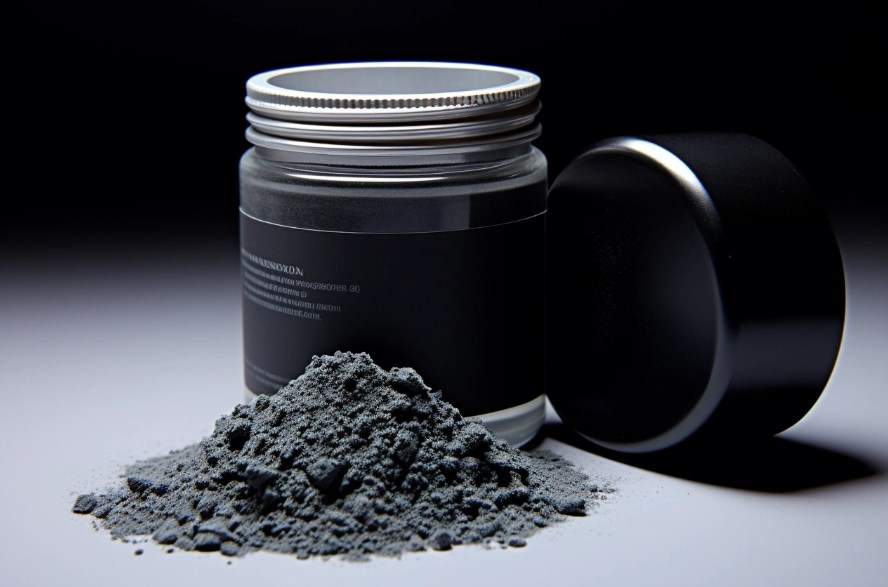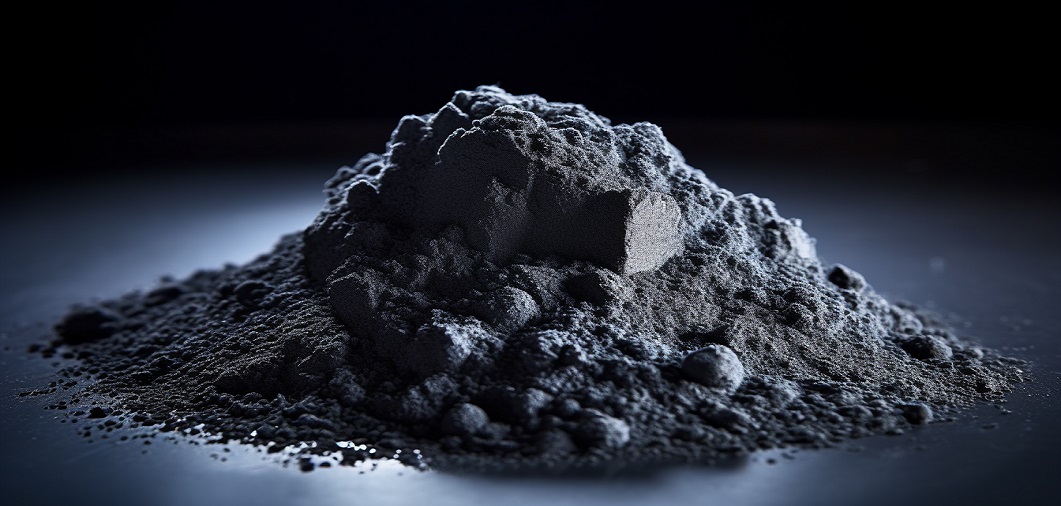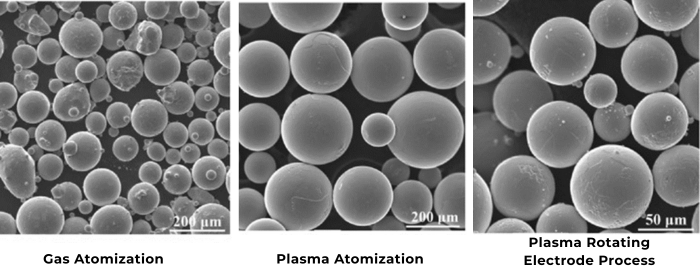


Iron (Fe): The base metal in stainless steel, provides the structural foundation.
Chromium (Cr): The primary alloying element that imparts corrosion resistance to the steel. Chromium content in martensitic stainless steel is typically in the range of 11% to 17%.
Carbon (C): Carbon is crucial in martensitic stainless steel for the formation of martensite during heat treatment, contributing to the steel's high strength and hardness. Carbon content is generally higher in martensitic steels compared to other stainless steel types, typically ranging from 0.1% to 1.2%.
Other Alloying Elements: Martensitic stainless steel may contain other alloying elements to achieve specific properties. These elements can include nickel, manganese, molybdenum, and others, depending on the desired characteristics of the steel.
The heat treatment process plays a critical role in the formation of martensitic stainless steel's microstructure. During heat treatment, the steel is quenched rapidly from a high temperature, leading to the transformation of the austenitic (or another) crystal structure into martensite. This process contributes to the steel's high hardness and strength.
It's important to note that the specific composition of martensitic stainless steel can vary between different grades and specifications. Different grades may be tailored for specific applications, balancing factors such as corrosion resistance, toughness, and machinability. Common martensitic stainless steel grades include 410, 420, 440, and others.
While martensitic stainless steels are not as nickel-rich as austenitic stainless steels, they may still contain nickel in varying amounts depending on the specific grade and composition. The primary alloying elements in martensitic stainless steel are chromium and carbon, and nickel is added in smaller quantities, typically ranging from 0.1% to 5%, depending on the grade.
It's important to note that there are variations within the martensitic stainless steel category, and the nickel content can vary between different grades and specifications. If a nickel-free stainless steel is desired, alternative options such as ferritic or duplex stainless steels might be considered, as these classes of stainless steel generally contain lower or negligible amounts of nickel.
Martensitic stainless steel is renowned for its hardness, strength, and resistance to corrosion. By omitting nickel and cobalt from the alloy composition, manufacturers have unlocked a host of advantages that go beyond conventional steel properties. This alloy derives its name from its unique crystalline structure, the martensite phase, which imparts exceptional toughness and wear resistance.
One of the key breakthroughs in Martensitic Stainless Chromium Steel is its freedom from nickel and cobalt. Nickel, a common allergen, poses health concerns for some individuals, and cobalt, often associated with toxicity, raises environmental and safety issues. By eliminating these elements, this alloy addresses health and environmental concerns without compromising performance.
The versatility of Martensitic Stainless Chromium Steel without nickel and cobalt extends its applications across various industries. From manufacturing to healthcare, this alloy is finding its way into critical components, tools, and medical devices. Its resistance to corrosion and wear makes it an ideal choice for applications where durability and reliability are paramount.
In an era where sustainability is a top priority, Martensitic Stainless Chromium Steel is making waves as a more eco-friendly alternative. The absence of nickel and cobalt reduces the environmental impact of production processes while maintaining high-performance standards. Industries seeking to minimize their carbon footprint are increasingly turning to this alloy as a responsible choice.
While Martensitic Stainless Chromium Steel without nickel and cobalt brings numerous advantages, it's essential to address challenges and explore opportunities for further improvement. Ongoing research aims to enhance properties such as corrosion resistance, toughness, and machinability, ensuring a continuous evolution of this remarkable alloy.
As we delve into the realms of Martensitic Stainless Chromium Steel sans nickel and cobalt, it's evident that a new era in metallurgy is unfolding. With its unique combination of strength, durability, and sustainability, this alloy is redefining industry standards and setting the stage for a future where advanced materials meet environmental responsibility. The exploration of this alloy promises not only technological innovation but also a step towards a more sustainable and resilient world.







